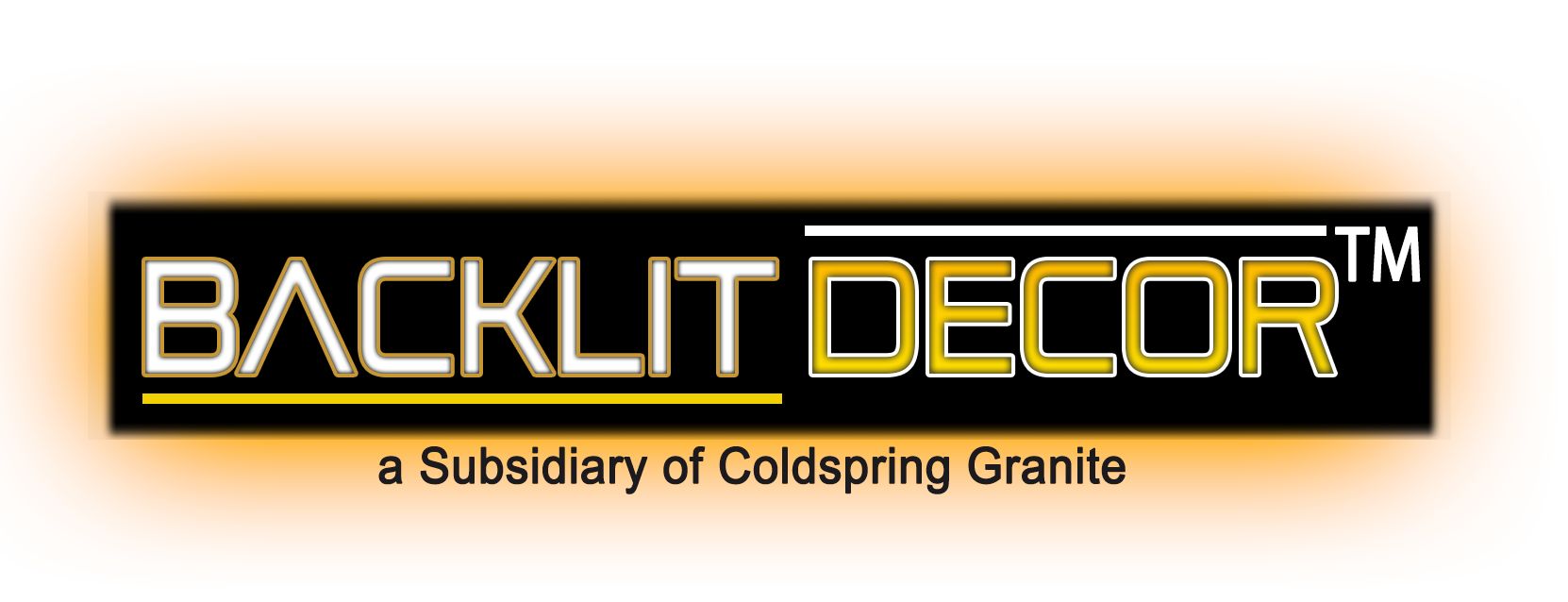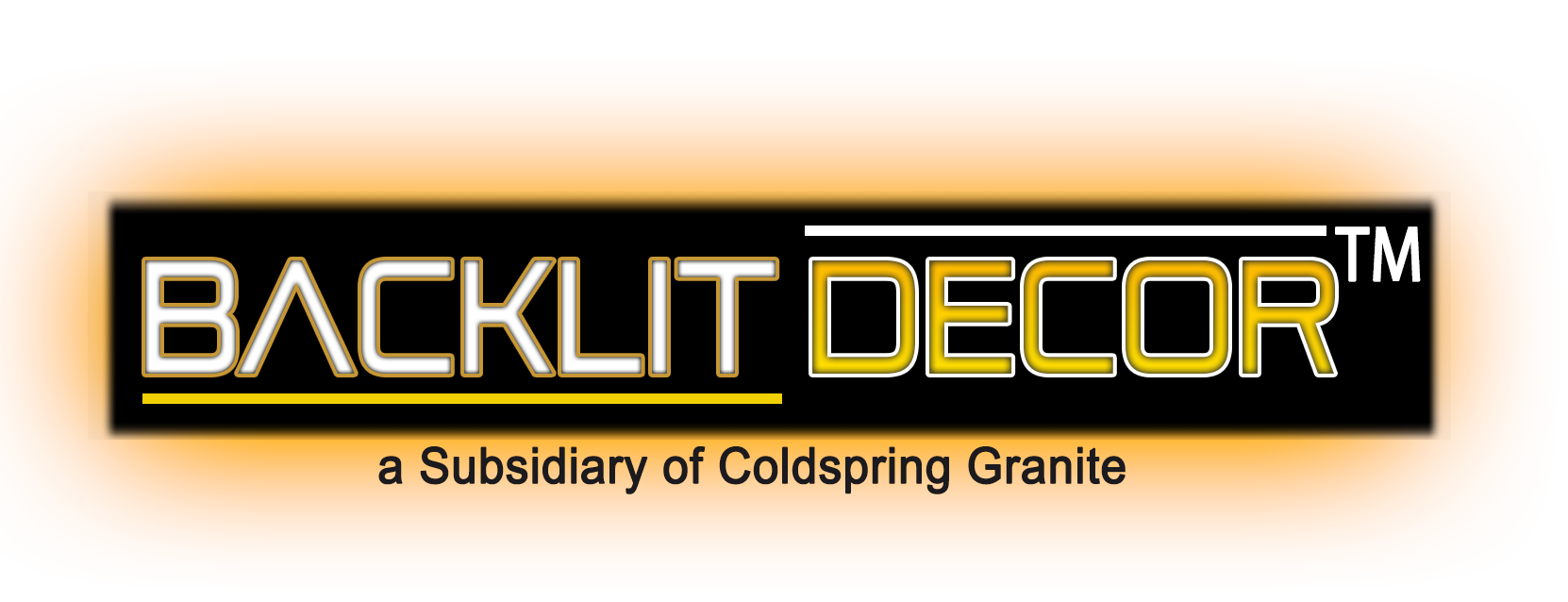The Ever Changing Evolution Of Light Sources
Have we seen the end yet? Not likely
From the invention of the oil lamp around 4500 BC to the light bulb, Edison patented around 1880, to fluorescent and others we now have ended up with LED's (Light Emitting Diodes) as the latest development.
LED's are great but not flawless. Like with everything else there are pro's and con's. However sometimes the con's cannot be solved.
Example: a light bulb has burnt out, it can be replace by removing/ unscrewing the old one and replace it in a few seconds. Ok, if LED light bulbs are used, this process will work as well. However if a light panel like a ceiling panel loses one edge lighting strip, half the panel will show dark. Exchanging the strip is not an option as they are mounted in a way that a lay person cannot replace that strip for a variety of reasons.
LED's on average last much longer than any light sources previously used. Typical statement of manufacturers is that they last 50,000 hrs. or even longer.
So the more relevant questions for most will be:
- What types of LED's are out there and what's right for me?
- What can I do with LED's?
- What lighting effects can I achieve?
- How can this type of lighting be maintained?
- What can cause an LED system to fail?
Let's get to it.
What types of LED's are out there and what's right for me?
Not to cause info overload with all the nitty gritty -like the dozens of available options-, light intensity, color temperature and color will be the ones you want to know about.
Light intensity is determined mainly by the number of LED's mounted on a PCB or strip, PCB being the "Printed Circuit Board". The more LED's the higher the light output.
Color Temperature, in white LED applications, which is expressed in (K) Kelvin, i.e. 2700K being warm white, 3500K cool white and 4500 and up being bright white. LED's are available in single colors of various Kelvin grades as well as variable or tunable also referred to as dynamic tunable white. Tunable white LED's allow the user to design their preferred grade of white via remote or WIFI. Regarding our products most clients opt for tunable white.
Color. Different design applications may ask for a variety of colors to enhance the ambiance of a space. That can mean for example that a bar backdrop is fitted with tunable white LED's and the surrounding cabinetry or shelves or counter tops use RGB LED's which offer a full color range.
What can I do with LED's?
Applications nowadays are endless. From illuminating kitchen cabinet tops and kick plates to indirect room lighting and anything in between. Your imagination is the limit.
What lighting effects can I achieve?
Again there is a wide spectrum of applications from solid lighting to entire lighting systems controlled with a smart phone manipulating light intensity, colors of separate zones, to chasing colors of individual LED's, even lighting reacting to sounds like music or the bark of a dog.
How can this type of lighting be maintained?
This is one of our main concerns when designing any feature. Back in the day it was very simple to change a light bulb or neon lamp. LED's are making this chore somewhat more complicated. Depending on who is fabricating a feature changing out strips can be challenging to impossible. Our engineering team thinks proactively, designing every piece in a way that it can be taken apart to identify the faulty LED's so they can be easily replaced. Design part on the client end is not always as proactive, meaning, if a panel is installed and surrounded with all kinds of shelves, enclosures, etc. and that can be challenging all in itself. We gladly will provide advice on how to avoid such pitfalls.
What can cause an LED system to fail?
LED systems consist of hundreds if not thousands of components if individual LED's are considered in this chain. The major components however that are needed to operate an LED system are drivers or transformers providing the power to run the LED's, controllers which allow the LED's to be manipulated in various ways and then of course the LED's. Like with any other technical device, failures can occur. Here are some of them:
LED’s
Exposure to moisture/ humidity, which is a result of selecting the wrong type of LED for the intended purpose.
External impact
Overheating of an individual node which can lead to the failure of a segment or the entire strip.
Power Supplies
One of the most common power supply problems is overheating. PSUs can get hot, especially if they're under a heavy load, and if they get too hot, they can shut down or even fail completely. Overheating can be caused by a variety of factors, including poor ventilation, dust buildup, or a faulty fan
Controllers
Moisture, thermal degradation
Remotes
Remote controls are powered by batteries. When the battery lost power, the remote will no longer work. If the battery is left in the remote for too long, acids may leak out and the remote will be irreversibly damaged.










